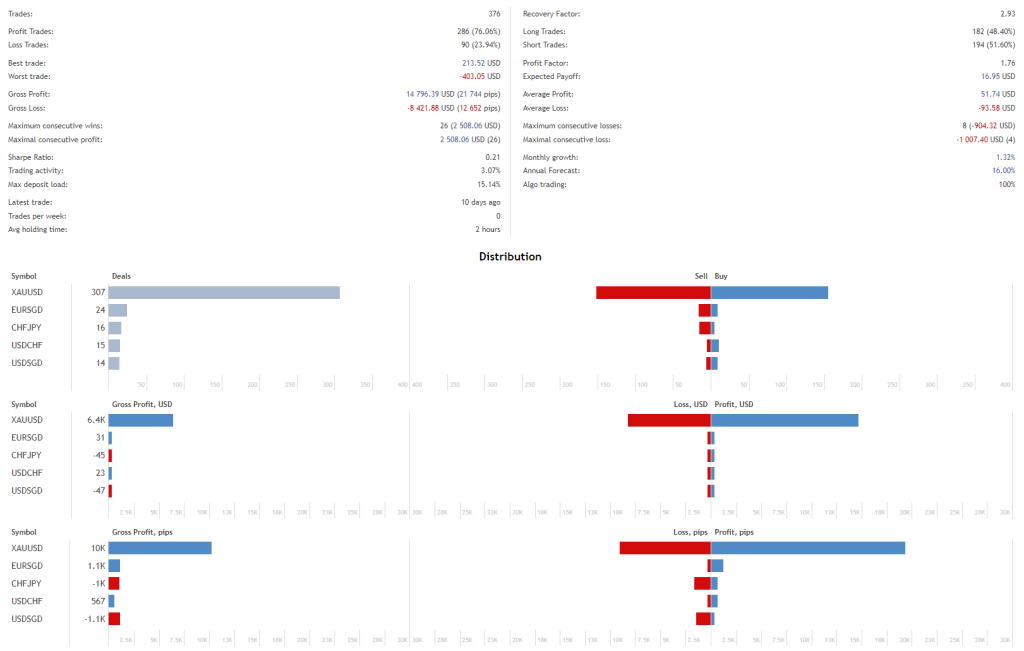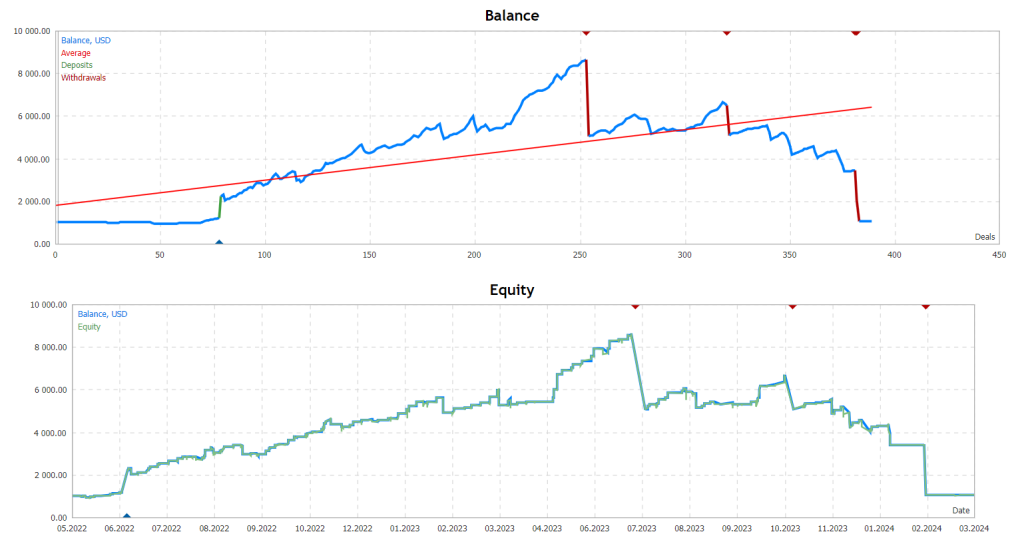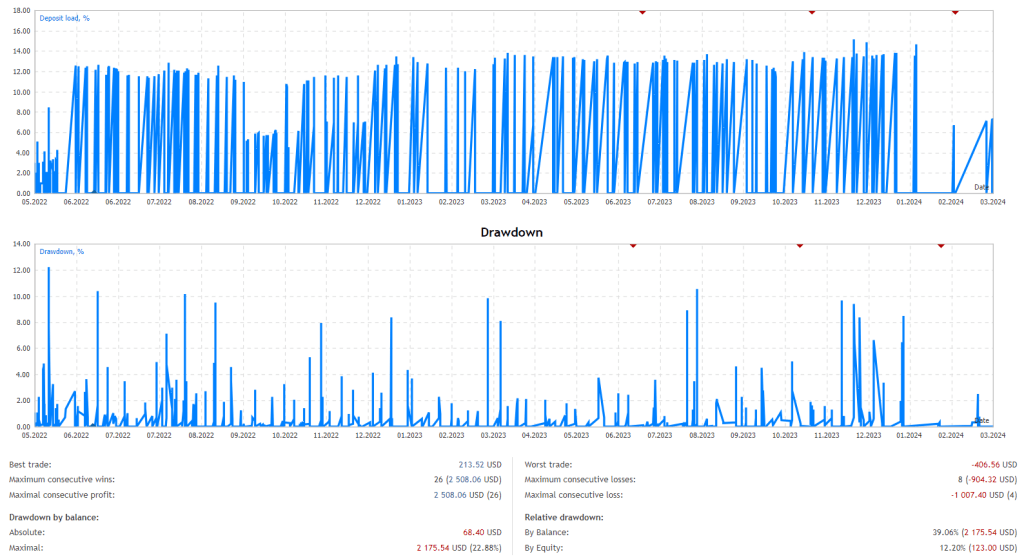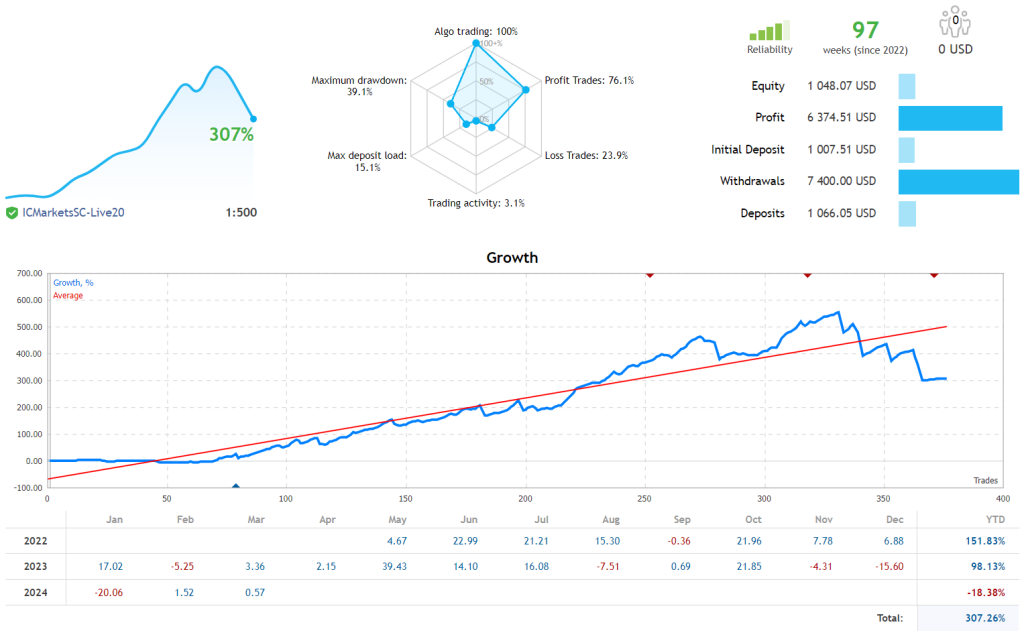Winner EA is a specialized EA designed to exploit market gaps that typically occur at the stroke of midnight UTC. This article delves into the mechanics, strategies, and considerations surrounding this intriguing Forex Winner Robot.
The Forex Winner operates on a principle known as gap trading. This strategy revolves around identifying and acting upon price gaps that occur in the Forex market. Price gaps are areas on a chart where no trading occurs, often resulting in a noticeable jump in price from one level to another without any trading between. These gaps primarily occur at the beginning of the trading week or after major news events, making them predictable yet risky opportunities.
The EA specifically targets these gaps around midnight UTC, a time known for its erratic market behavior, including high spreads and potential execution delays. Such conditions are ripe for the Forex Winner EA, which aims to capitalize on these moments of volatility to secure profits for its users.
Key Features of Forex Winner
- Defined Stop Loss and Dynamic Take Profit: To manage risk, the EA implements a defined stop loss for every trade, ensuring that potential losses are capped. Moreover, it employs a dynamic take profit strategy, allowing it to adjust its profit targets based on changing market conditions.
- Single Trade Per Pair: The Forex Winner EA adheres to a disciplined trading approach, opening just one trade per currency pair at any given time. This restriction prevents the use of high-risk strategies like averaging down or martingale, which can compound losses.
- Flexible Risk Management: The EA includes a flexible risk management system, allowing traders to adjust their exposure based on their risk appetite and market conditions.
- Average Position Holding Time: Positions are typically held for around 2 hours, indicating that the EA opts for short-term trades rather than long-term holdings.
While the Forex Winner EA presents an enticing strategy for exploiting market gaps, traders should proceed with caution. The Forex market’s volatility at midnight, coupled with potential high spreads and execution delays, means that results can vary significantly between live accounts.
Please test in a demo account first for at least a week. Also, please familiarize yourself and understand how this Forex Winner Robot works, then only use it in a real account.
Recommendations for Winner EA
- Minimum account balance of 50$.
- It works best on XAUUSD. (Work on any currency pair)
- It works on M15. (Work on any TimeFrame)
- Winner EA should work on VPS continuously to reach stable results. So we recommend running this MT4 EA Download on a reliable VPS (Reliable and Trusted FOREX VPS – MyfxVPS)
- Low Spread, Slippage, and quick execution account is also recommended (Find the Perfect Broker For You Here)
Download a Collection of Indicators, Courses, and EA for FREE




Updated 2024/06/8

Conclusion
The Forex Winner offers a specialized approach to Forex trading, focusing on exploiting price gaps at a time when the market is most unpredictable. Its combination of gap trading strategy, risk management features, and broker requirements make it a unique tool in a trader’s arsenal. However, as with any trading strategy or tool, success is not guaranteed, and traders should use the Winner EA as part of a broader, well-considered trading plan.







https://www.mql5.com/en/signals/2110868?source=External
EA SUNAN GIRI
Pls cracked this ea
https://www.mql5.com/en/market/product/116140
It is Free